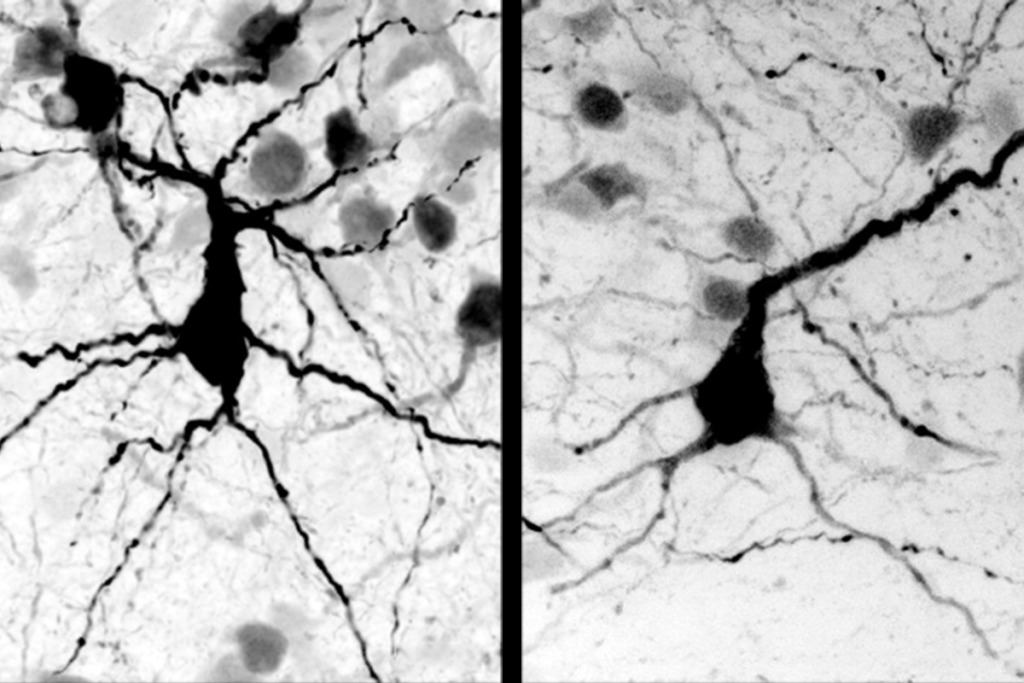
Narrow networks make it difficult to access mental health care
The average provider network includes only 11 percent of all the mental health care providers in a given market, according to a recent study.
If you’ve got a plan offered on the U.S. federal health law’s insurance marketplace and you’re looking for a therapist, you may have to look really hard: The average provider network includes only 11 percent of all the mental health care providers in a given market, according to a recent study.
An average marketplace plan’s network, the study added, includes just under a quarter of all psychiatrists and 10 percent of all non-physician mental health care providers. Non-physician mental health care providers include psychologists, nurse practitioners and physician assistants, and behavioral specialists, counselors and therapists with master’s or doctoral degrees.
In addition, the researchers reported that less than half of all psychiatrists and one-fifth of non-physician providers participate in any marketplace plan.
The problem isn’t unique to marketplace plans, says study co-author Daniel Polsky, executive director of the Leonard Davis Institute of Health Economics at the University of Pennsylvania. However, this study, which was published in the September issue of Health Affairs, sheds more light on the challenges insurers face in trying to develop networks of mental health care providers, he says.
At the same time, the narrow networks — those that generally have less than 25 percent of participating doctors and other health providers in the area — that many insurers have adopted to help keep marketplace plan premiums lower may exacerbate the problem of finding mental health services, Polsky says.
High demand for services, a shortage of practitioners and low insurance reimbursement rates have all contributed to mental health care providers’ general lack of enthusiasm for joining provider networks, according to the study.
For comparison, the study also analyzed the average network participation of primary care providers in marketplace plans. It found that the average network for Affordable Care Act plans includes 24 percent of all primary care providers in a given market, more than twice the proportion of mental health care providers.
The study examined 2016 data for 531 provider networks offered by 281 insurance carriers in the marketplaces in every state plus the District of Columbia, using data from the Robert Wood Johnson Foundation.
The Mental Health Parity and Addiction Equity Act of 2008 requires that health plans’ mental health services be at least as generous as medical and surgical services. That has provided financial protection for consumers, but access to in-network providers remains a problem.
In recent years, primary care physicians have increasingly provided mental health services. The study suggests that enhancing the collaboration between primary care physicians and mental health specialists is vital to improving access to mental health care.
“I would argue that the challenge isn’t necessarily a lack of primary care physicians; it’s a need to reorganize care to meet the needs of the population,” Polsky says. “Team-based care is an opportunity to meet those needs.”
This story originally appeared on Kaiser Health News. It has been slightly modified to reflect Spectrum’s style.
Recommended reading

New organoid atlas unveils four neurodevelopmental signatures
Explore more from The Transmitter

The Transmitter’s most-read neuroscience book excerpts of 2025

Neuroscience’s leaders, legacies and rising stars of 2025


